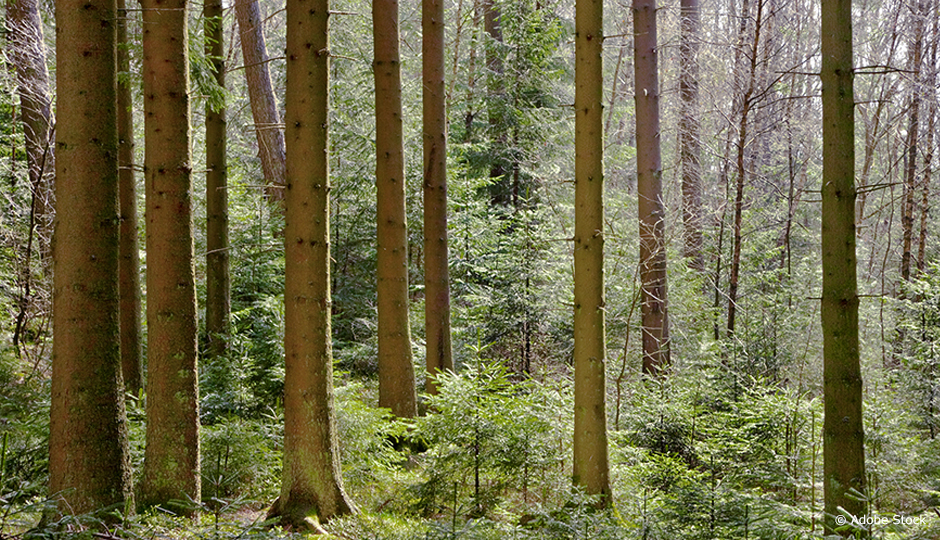Often overlooked in favour of trees, understory plants are nevertheless an essential component of the forest ecosystem, contributing to the recycling of elements like carbon and nitrogen and to the water cycle. However, they are not insensitive to environmental disturbances. In an attempt to predict how these plants will adapt to climate change, Alison Munson, a professor in the Department of Wood and Forest Sciences at Université Laval, and Isabelle Aubin, of Natural Resources Canada, conducted a large Canada-wide study in the boreal forest.
Understory plants contribute to the recycling of elements like carbon and nitrogen and to the water cycle.
Across the country, five common species were harvested in order to observe trait variability in response to changes in the environment. This is known as "trait plasticity". Depending on the climate in which it evolves, a plant will tend to modify certain characteristics to adapt to local conditions. Four traits were evaluated: nutrient content in the roots and leaves, specific root length and specific leaf area. The analyses did not lead to the development of a general adaptation model for all species according to range, but it appears that roots and leaves respond differently to climate-related disturbances. In addition, the researchers discovered hybrid species, which could be an effective climate change adaptation strategy.
In light of these findings, the boreal forest has proved to be a resilient environment, as it is regularly subjected to disturbances such as forest fires. Given their key role, understory plants could therefore be integrated into models that attempt to predict the effect of climate change on forest dynamics and the carbon cycle. Indeed, some species have great carbon storage capacity and could modify the carbon cycle in a global warming context. Restoring these plants to their rightful place in the spotlight could improve our ability to forecast the future of our forests.




